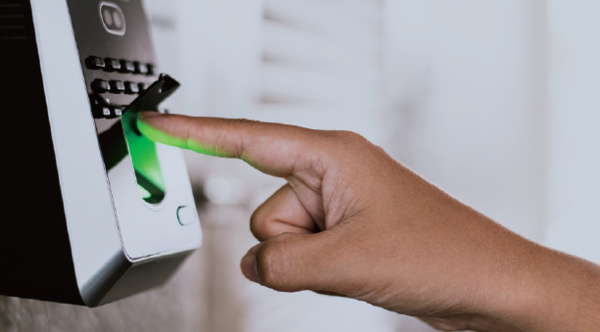Currently at Sungkyunkwan University (SKKU), student attendance is being monitored electronically by the SKKU Smart Attendance System (SAM). It has been roughly half a year since the attendance method shifted to the electronic system. At this point, the Sungkyun Times (SKT) would like to delve into the problems of the current system and suggest possible solutions for improvement for the next semester.
About Electronic Attendance
-What Is Electronic Attendance?
In Korean universities, an electronic attendance system is used to update and check the real-time attendance of students. It replaces the traditional manual attendance method and provides greater convenience in checking attendance. Although the system was first developed in the 1990s, it was widely adopted in universities as smartphones became more common and advanced. The three most common types of electronic attendance systems are Bluetooth, Wi-Fi, and QR codes. In the case of Bluetooth based systems, beacons are used to detect Bluetooth signals from mobile devices to take attendance. Similarly, Wi-Fi based systems use Wi-Fi signals that can cover a greater area than Bluetooth. Finally, QR code systems let students scan their student QR code attendance beacons. The QR systems are usually installed alongside Wi-Fi or Bluetooth attendance systems to provide a substitute method in case of a malfunction. After a pilot operation in 2018, SKKU officially introduced the electronic attendance system in 2019. According to the attendance manual, SKKU’s electronic attendance uses Bluetooth beacons, student ID or mobile student ID, authentication code, and Near Field Communication (NFC). In addition, professors can manually operate the attendance system through the website and the attendance application.
-Why Electronic?
The adoption of electronic attendance offers great benefits for both the professor and the student. First, the new system makes record management faster and more convenient. It allowed professors to monitor attendance quickly and accurately, especially when managing large numbers of students. Students also benefit from the electronic attendance system. Through Bluetooth and Wi-Fi signals, students need not bring their ID cards – they can simply record their attendance on their phones from their seats. Furthermore, the time-consuming process of manually checking attendance for each student can be skipped, allowing more time for learning. Lee Han-seol (Freshman, Department of Semi-Conductor System Engineering) told the SKT, “The electronic system is very convenient because students can check their attendance before the class starts, and it takes only a few seconds to do so.” According to the Korea Education and Research Information Service (KERIS) in 2021, the most common type of electronic attendance in Korean universities is the QR code method, with 85.9% of institutions employing the attendance system. It is because the QR code system is the method with the least errors and the most cost-effective and convenient. Overall, electronic attendance is becoming an irreplaceable system for both students and professors.

Electronic Attendance Hereafter
-Attendance Checked, but Unattended
With the introduction of the electronic attendance system; however, professors cannot confirm whether a student was actually present during the lecture. It is a rising problem as it allows students to leave the class without affecting their records. In fact, some students skip classes, ditching them after marking their attendance through the electronic system. Moreover, students can also check the attendance of friends by logging into their accounts. To address such issues, some universities have established a dual authentication system, where attendance is recorded at the beginning and end of the lecture. After implementing such a system, Ewha Womans University and Kyung Hee University had their attendance rates increase by 10%. Another solution to prevent attendance cheating is to incorporate biometric or personal information into the authentication system. For instance, Seoul National University’s electronic attendance system uses personal information authentication to verify the student’s attendance. In addition, implementing biometrics for the system can also prevent the problem. Incheon National University saw a 30% decrease in cheating cases after introducing biometric authentication into their attendance system. Thereby, SKKU can also prevent students from cheating on their attendance by utilizing credible authentication methods such as biometrics.

-Connection and Flexibility
The current SAM is still imperfect in terms of connectivity and flexibility. Professor Morgan Bapst from SKKU said, “While it is true that the electronic attendance system has its advantages, manually transferring this data again for reporting purposes is inconvenient.” With the current system, professors must record student attendance in another independent database, which requires tedious manual work. Additionally, the SAM has problems with flexibility. In some mandatory core lectures, classes are divided into multiple classrooms due to the large number of students. However, since the beacon for each classroom is different, and as each of them cannot be utilized for one lecture, the attendance must be checked manually. Ironically, resulting in more time consumption. Accordingly, the issues of connection and flexibility must be resolved to develop the current electronic attendance system into a beneficiary option for all.
Today, society continuously seeks ways to make life more convenient through technological advancements. However, these new apparatuses, such as the electronic attendance system, will always have shortcomings that need improvements. While it is true that the electronic attendance system is making a positive change, Kingos must recognize its flaws to participate in improving the current situation.
